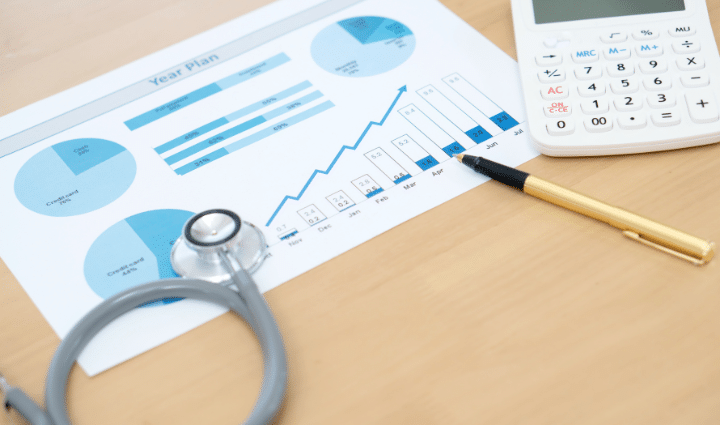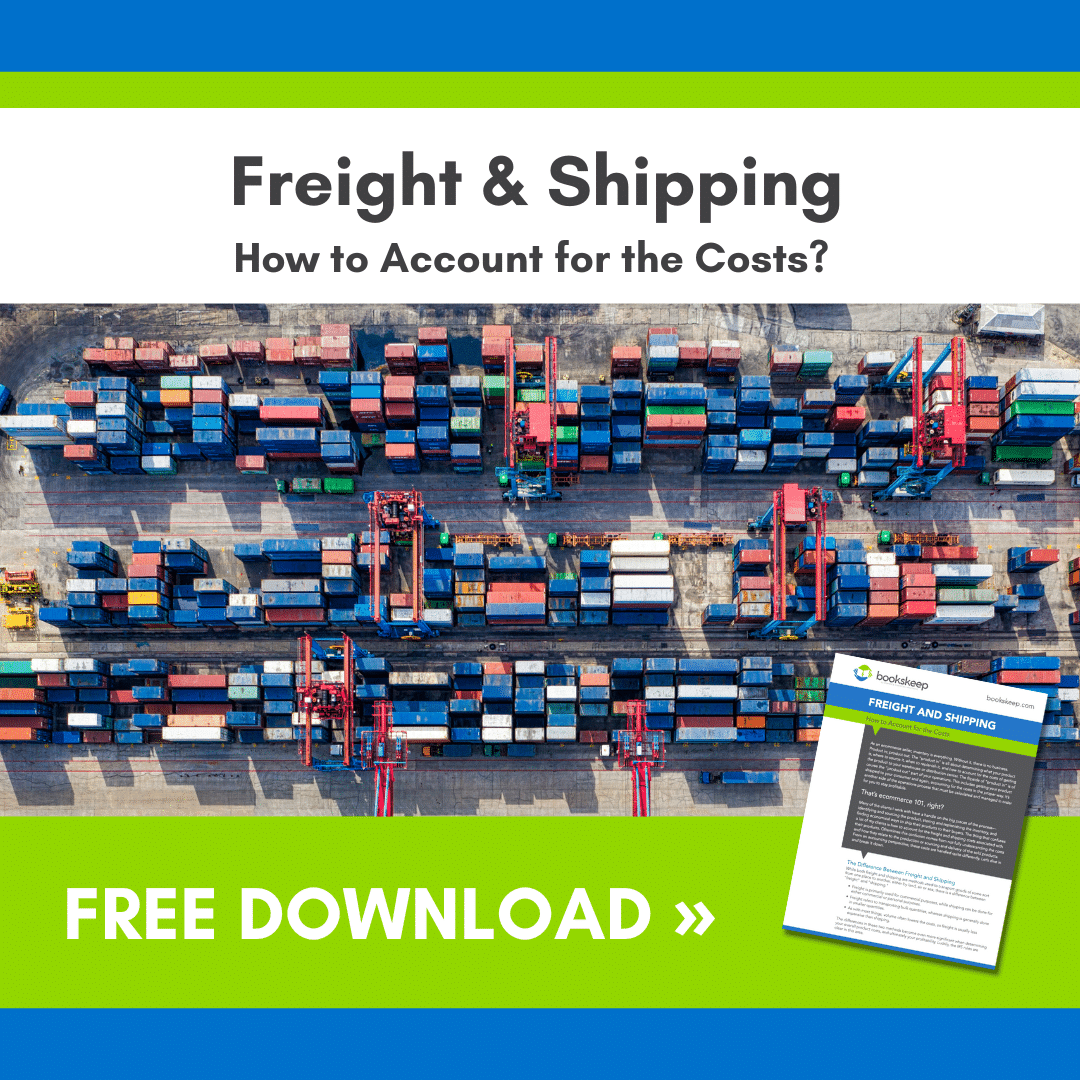
As a business owner, the success of our business is what we put a majority of our energy into. We look into a lot of different moving parts when it comes to checking the health of our business, but we tend to focus on the top line sales number. Of course, there is no denying that sales are important, but when it comes to goal setting, we should be giving more attention to our profits.
The Big Picture – Profit
To ensure a healthy company, focus on profits and be mindful of your costs. Understanding the cost of producing and selling your product is essential, and your Profit and Loss Statements are key in providing this information. Cost of Goods Sold and Cost of Sales are critical components to track.
Using accrual or modified cash books will help you match up cost of goods and cost of sales for better profitability analysis. Calculate your Gross Profit by subtracting Cost of Goods Sold and Cost of Sales from Sales Revenue. This will provide your Gross Profit Margin, ideally aiming for 30% or higher. As your business grows, expenses will increase, but with a strong Gross Profit Margin, you can avoid relying on debt to fund your operations.
No Debt, No Problems
As debt grows it will begin to take away from the cash you will need to use to pay for growing your business. As your business grows, there will be a few things you will want to ask yourself: “What can you do to ensure and build the success of your well-performing products?” or “Can you increase prices and get them up to par for poor performing products, or is it time to cut them loose?”
If you have a lot to evaluate, and it seems overwhelming, try using the 80/20 rule. Start with the top 20% and the bottom 20% product performers. Work on those that need attention for a month or two, then take the next 20% from the top and bottom. By working through them systematically, you can move the needle on your profitability and get set it to grow.




Leave a Comment